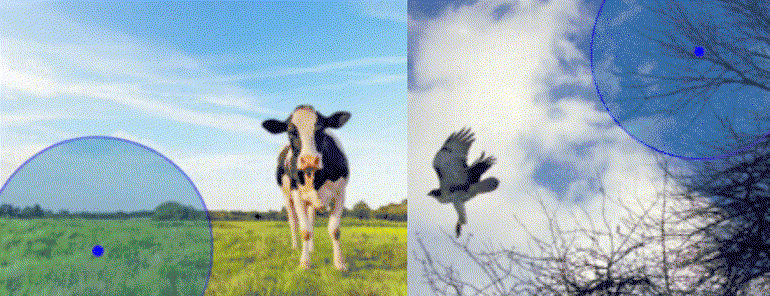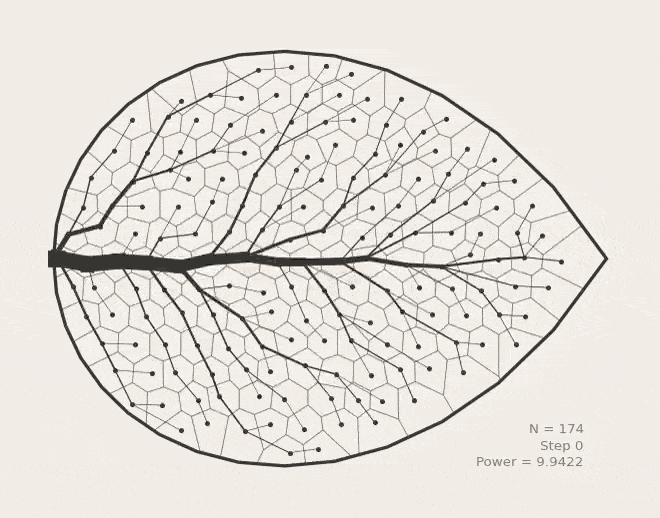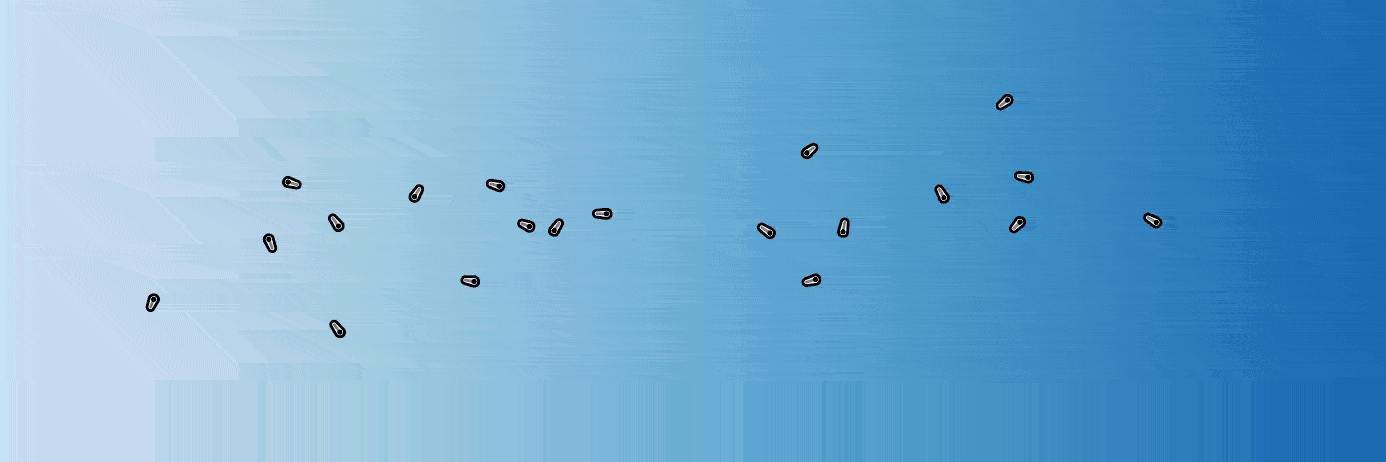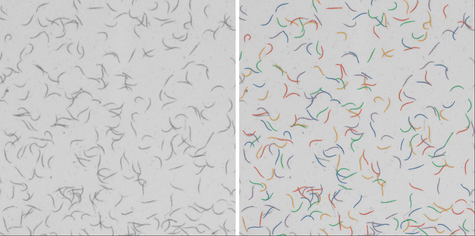Research
Below is a selection of my recent research work.
Extremal Contours: Gradient-driven contours for compact visual attribution
Here we introduced a new explainability mask where a closed countour 'relaxes' on top of the object that the Neural Network is basing it's decision on. The cool part about this is that we move the contour by propagating the gradients throught the network and the masking process. Very simple and cool.

Spline refinement with differentiable rendering
Sometimes predecited centerlines look slighlty off. In this work we introduce a training-free differentiable rendering approach to spline refinement, achieving both high reliability and sub-pixel accuracy. Learning to match the original images turns out to be a very effective way to correctly guess its shape. It serves as a drop-in replacement for the popular active contour model.
Adaptive Node Positioning in Biological Transport Networks
When the hydrodynamic graph model is generalized to account for the energy cost of the delivery from node to area, we can apply automatic differentiation and study how the optimal node position would look. Curiously, when the domain is irregular (as in leaves), the nodes distribute themselves in a way that highly resembles organic networks, just in order to maximise efficiency (or minimise energy).

Local Clustering and Global Spreading of Receptors for Optimal Spatial Gradient Sensing
Tiny cells have a hard time sensing its enviroment due to the physical limits. Small improvements in sensing go along way, so here we present a theoretical model to explore how receptors should be placed for optimal information processing. The results show that they cluster in high-curvature membrane regions, optimizing spatial gradient sensing and aligning with real-cell observations.

Persistent pseudopod splitting is an effective chemotaxis strategy in shallow gradients
Decision making is hard, yet microscopic cells need to make decision to survive. How they do it is still a mystery.
To explore that question, we presented here a minimal model that provides a quantitative understanding of how cells use pseudopod splitting to achieve high-performance chemotaxis with minimal regulation. This we called mechanical intelligence.

Irreversibility in Non-reciprocal Chaotic Systems
This study develops a stochastic-thermodynamic framework to analyze the relationship between irreversibility and dynamical behavior in high-dimensional chaotic systems. Someone had to do it!
Learning optimal integration of spatial and temporal information in noisy chemotaxis
There are two main chemotaxis strategies observed in nature. If the cell is small, it needs to rely on temporal comparison to decide where to go, whereas larger cells can compare measurments accross their bodies to do so.
In this study, we found that the transition between chemotaxis strategies is continuous and that a combined strategy outperforms constrained variants at this interesection (not outside), as well as explicit spatial-temporal integration models.

Fast detection of slender bodies in high-density microscopy data
An end-to-end deep learning approach for extracting precise shape trajectories of motile, overlapping slender bodies, applied to dense experiments of swimming nematodes.

Here are some theses I’ve somehow written.
Mind The Gradient: Differentiable Computational Methods in Microorganism Behaviour Studies
This thesis uses differentiable programming techniques to develop computational methods and mathematical models to explore navigation, sensory integration, and behavioural adaptations under the physical constraints of the microscopic scale.
Evaluation of Google TPUs for High Performance Physics Calculations
This thesis tests Google TPUs and JAX for accelerating large-scale scientific simulations, focusing on matrix-based physics calculations. It shows significant speedups and explores their viability for broader physical models.
Simulations of strongly coupled ions at a liquid-gas interface in time projection chambers
This BSc Thesis explores the behavior of strongly coupled ions at liquid-gas interfaces, providing insights for time projection chambers in physics experiments.